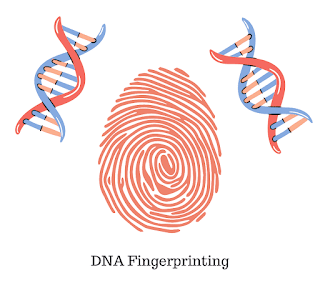ISO: Introduction, History and ISO 9000
What is ISO?
ISO, short for the International Organization for Standardization, is an independent and non-governmental international organization that consists of 167 national standards bodies. Its purpose is to develop and publish standards that promote global consistency and quality in various industries and sectors.
Its primary role is to develop and publish a wide range of proprietary, industrial, and commercial standards. Currently, ISO has over 24,000 active technical standards that encompass diverse areas, including manufactured products, technology, food safety, agriculture, and healthcare.
History of ISO
The International Organization for Standardization (ISO) was founded in 1947 and is currently based in Geneva, Switzerland. Its roots can be traced back to 1920 when it originated as the International Federation of the National Standardizing Associations (ISA).
In 1951, ISO published its first-ever standard called ISO/R1:1951 which is also known as the standard reference temperature for industrial length measurements. And from then to now ISO published over 24,000 standards covering various segments like healthcare, railway, jewelry, clothing, weapons, etc.
ISO plays a crucial role in facilitating global trade by establishing common standards across different countries. These standards aim to ensure the safety, reliability, and quality of products and services.
By promoting international harmonization, ISO contributes to the removal of trade barriers and enhances interoperability among nations, fostering a more efficient and sustainable global marketplace.
ISO 9000
ISO 9000 is a family of standards that focuses on quality management and quality assurance. This standard is used by companies to develop and maintain their quality systems.
ISO 9000 focuses on relationship management, customer focus, and leadership. This standard can be used by an organization including service providers such as hospitals, banks, and universities.
ISO 9000 helps to increase productivity and efficiency, thus lowering the costs of an organization. It also improves customer experience resulting in repeat business, increased sales, and additional income.
ISO 9000 standards can be purchased from ISO members in the country or through the ISO store.




